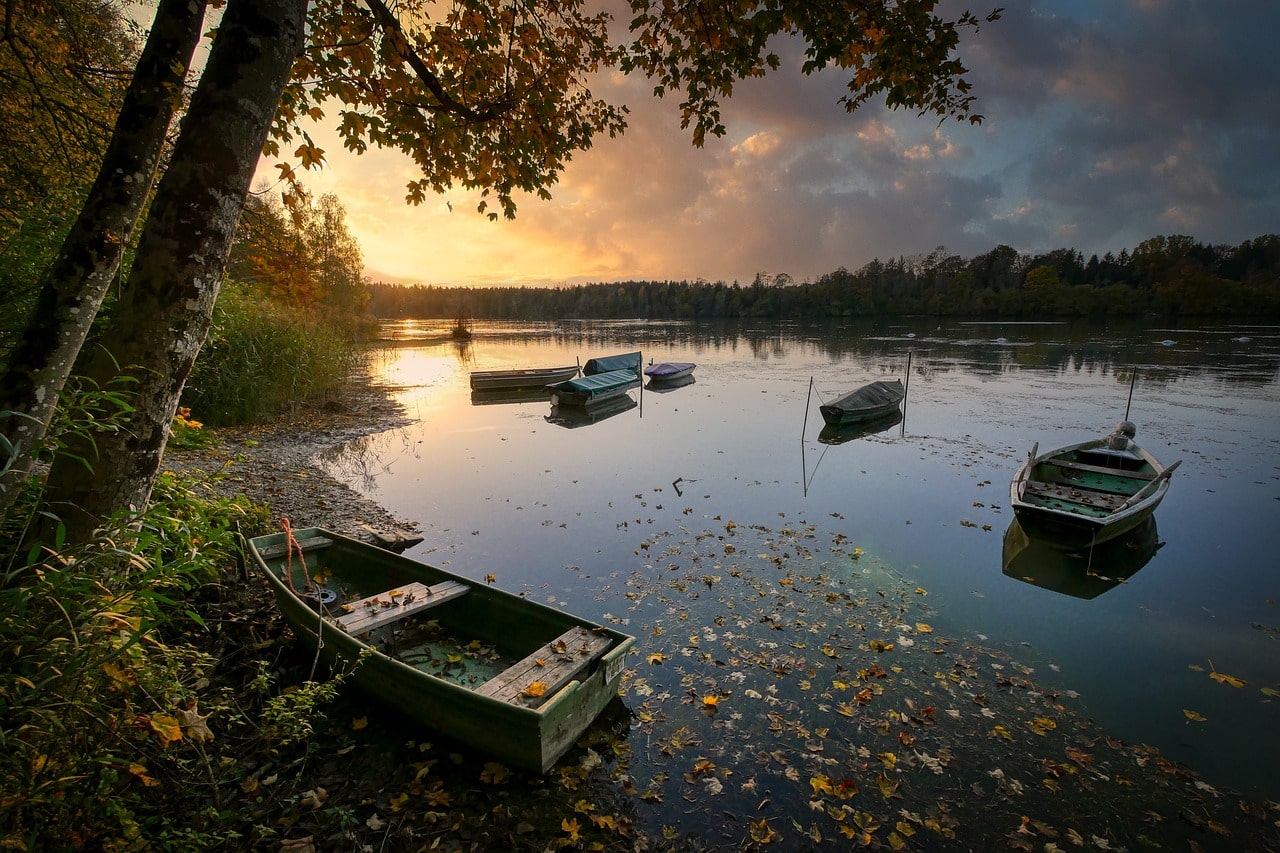The Sky Lakes Wilderness is a vast wilderness area in the Rogue River–Siskiyou and Fremont–Winema national forests in the southern Cascade Range of Oregon, USA. This protected area spans approximately 116,300 acres, with 75,695 acres in the Rogue River–Siskiyou National Forest and 40,605 acres in the Fremont–Winema National Forest. Established in 1984 under the Wilderness Act 1964, the Sky Lakes Wilderness is renowned for its rugged landscapes, diverse ecosystems, and pristine natural beauty.
Geographically, the Sky Lakes Wilderness stretches southward from Crater Lake National Park to Oregon Route 140. With heights ranging from 3,800 feet in the Middle Fork of the Rogue River canyon to 9,495 feet at the summit of Mount McLoughlin, the highest mountain in southern Oregon, the region is around 6 miles broad and 27 miles long. The wilderness is dotted with over 200 bodies of water, ranging from small ponds to sizable lakes like Fourmile Lake, which covers over 900 acres. Several lakes, including Alta and Natasha, are noted for having some of the purest water globally.
The wilderness area’s geology is characterized by volcanic activity, with formations dating back five to three million years. Glacial activity during the last ice age sculpted the landscape, creating features like the Seven Lakes Basin and the deep canyon of the Middle Fork of the Rogue River. The northern portion of the Sky Lakes Wilderness is covered with pumice from the eruption of Mount Mazama, which formed Crater Lake about 6,700 years ago.
The Sky Lakes Wilderness boasts a rich variety of vegetation, including nearly two dozen tree species. Lower elevations are home to Pacific yew and Engelmann spruce, while higher altitudes support mountain hemlock and subalpine fir. The area also features Shasta red fir, lodgepole pine, and the uncommon whitebark pine. The forest understory is populated with huckleberry, manzanita, kinnikinnick, snowbrush, and heather.
Wildlife in the Sky Lakes Wilderness is abundant, with elk herds, black bears, cougars, coyotes, pikas, and golden-mantled ground squirrels among the many species inhabiting the area. The lakes and ponds attract various birds, especially during migration seasons. The State of Oregon stocks game fish such as brook trout, rainbow trout, cutthroat trout, and kokanee annually.
Historically, Native American groups have visited the Sky Lakes Wilderness for thousands of years. Early settlers hunted, trapped, and grazed livestock in the high meadows. The United States Forest Service developed trails and fire lookouts in the early 20th century, some of which are still used today. The Pacific Crest Trail runs through the wilderness for about 35 miles, offering stunning views and access to popular fishing, hiking, and camping sites. Hunting, especially for elk, is also a common activity.

